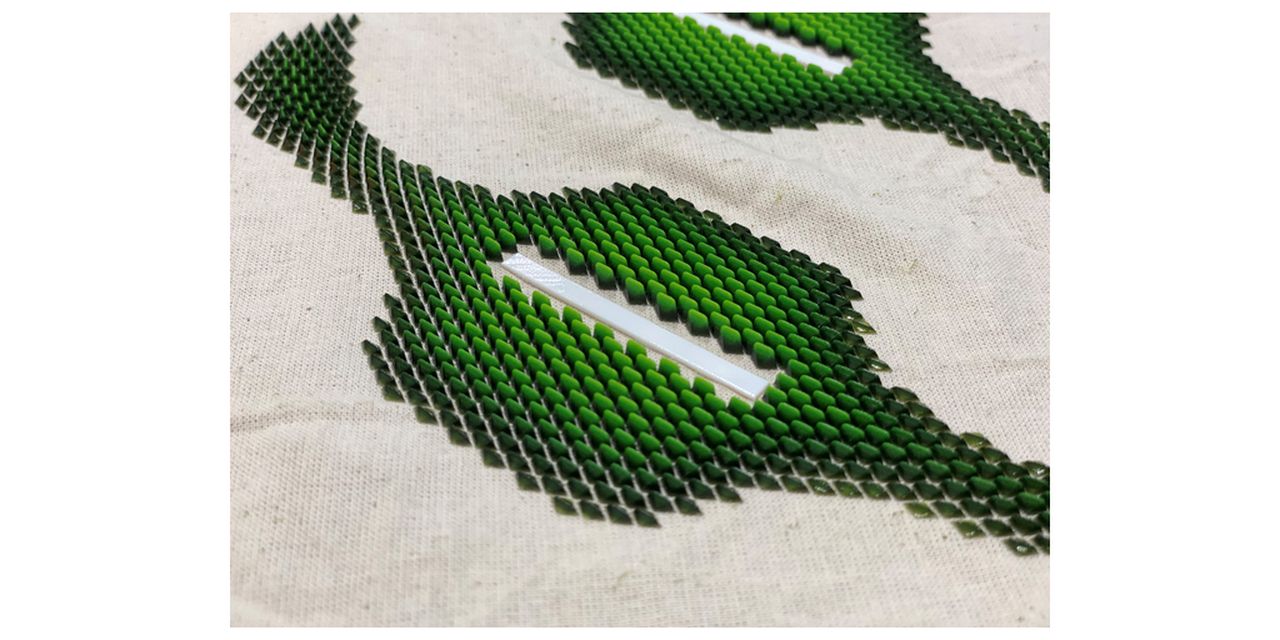
Study shows additive manufacturing yields lower CO2 emissions and reduced waste.
If you’ve only been paying attention to 3D printing in the aerospace and medical device industries, you might be forgiven for thinking that the killer additive manufacturing (AM) app is fuel nozzles or prosthetics. To be sure, part consolidation and customizability are heavy benefits to weigh for any engineer considering AM. But sustainability is another advantage of 3D printing compared to traditional manufacturing processes, and there’s no better demonstration of this fact than in fashion.
The Additive Manufacturer Green Trade Association (AMGTA) has just released the results of a life-cycle inventory study that purports to show just how much of a difference to sustainability 3D printing can make in fashion. Entitled Comparative Analysis: 3D Material Jetting vs Traditional Methods for Designer Luxury Goods, the study was conducted by U.K. consultancy Reeves Insight in partnership with 3D printing giant Stratasys, and Dyloan Bond Factory, a fashion engineering and production company.
The study compared traditional manufacturing methods to AM in creating a logo applique (think of the Nike swoosh on the side of a sneaker) for designer shoes. The results showed that 3D printing on fabric with photocurable liquid resins resulted in a 24.8 percent reduction in CO2 emissions and a 49.9 percent reduction in stock material usage compared to the traditional process, which involves 2D inkjet printing as well as thermal welding of injection molded parts with sheet polyurethane materials. In addition, using the AM process reduced energy consumption by 64 percent.
A few important points to note:
- The study was limited to one component (the logo applique), rather than the entire shoe.
- The production run under evaluation consisted of 16,000 logo components for 8,000 pairs of shoes.
- The research was peer reviewed by the Laboratory for Machine Tools and Production Engineering at RWTH Aachen University.
At first glance, this may seem like such a narrow application for AM that drawing any broader implications from it would be unwarranted. How much of a difference could 3D printing the logos onto shoes possibly make from a sustainability perspective?
Well, one number that stands out amongst the findings is this: the AM process saved more than 300,000 liters (79,252 gallons) of water across all 16,000 components. That’s because binder jetting eliminated the need for up-stream paper-backed materials, which require significant amounts of water to produce.
Read the rest of this story at ENGINEERING.com
